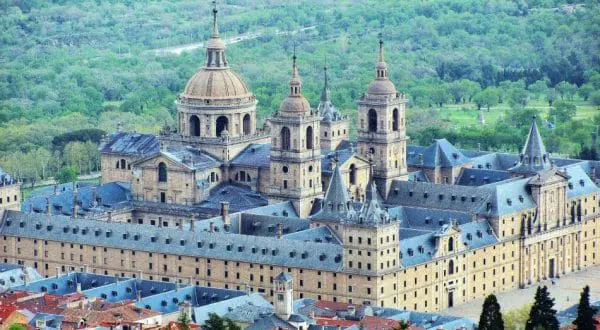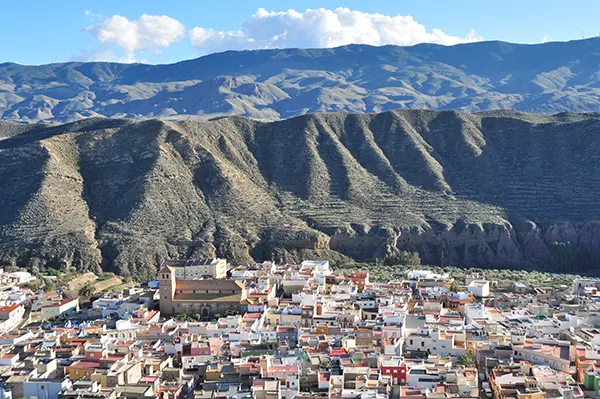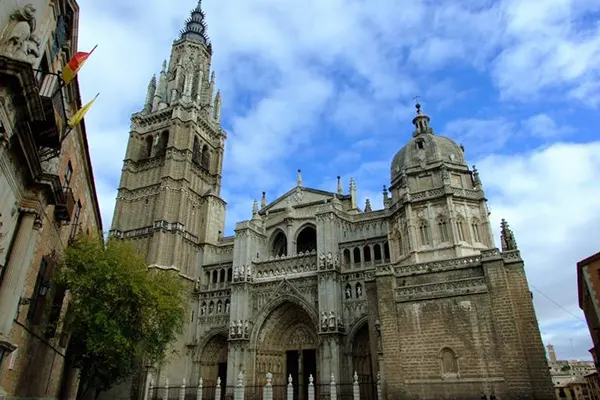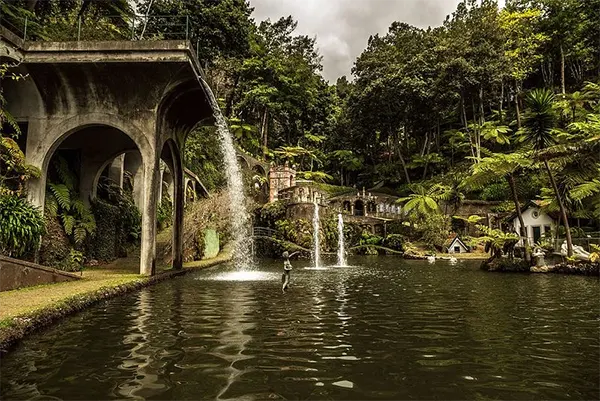Barcelona’s Gothic Quarter
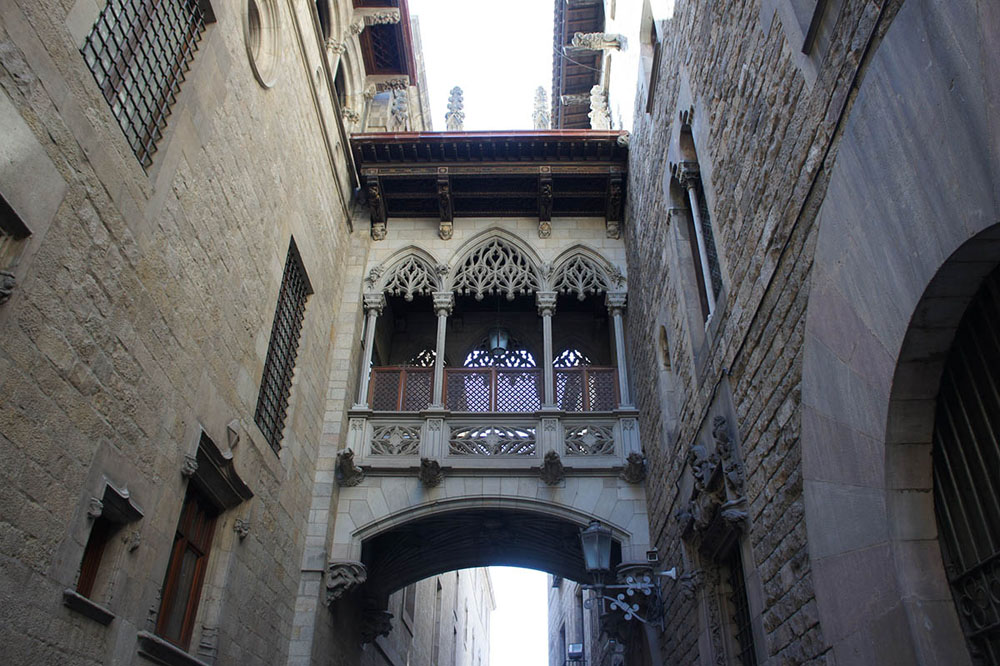
In addition to Gaudi’s unrivalled work, Barcelona has another spectacular creation of human hands, the Barrio Gotico, or Gothic Quarter. Located in the heart of the city, it’s the oldest part of it. It was from here that the now famous Barcelona was born. The area is bounded by La Rambla and Via Laetana. The starting point for the route is Plaza Catalunya.
Historical background
This area had a Roman settlement called Barcino more than two thousand years ago. It was characterised by an impregnable wall with 2m wide borders. Today’s streets are oval-shaped for defensive purposes.
The original houses where the Romans lived have not survived. The oldest existing building in this part of the town was erected in the 12th century. It even managed to survive a major earthquake in the 14th century.
The Gothic Quarter received its name at the start of the 20th century. Today it is considered to be the largest architectural ensemble of sites created in the fourteenth and fifteenth centuries on European soil. The beauty of it lies in the fact that all the buildings are in perfect harmony with each other. It is an example of the kind of layout that characterised medieval settlements.
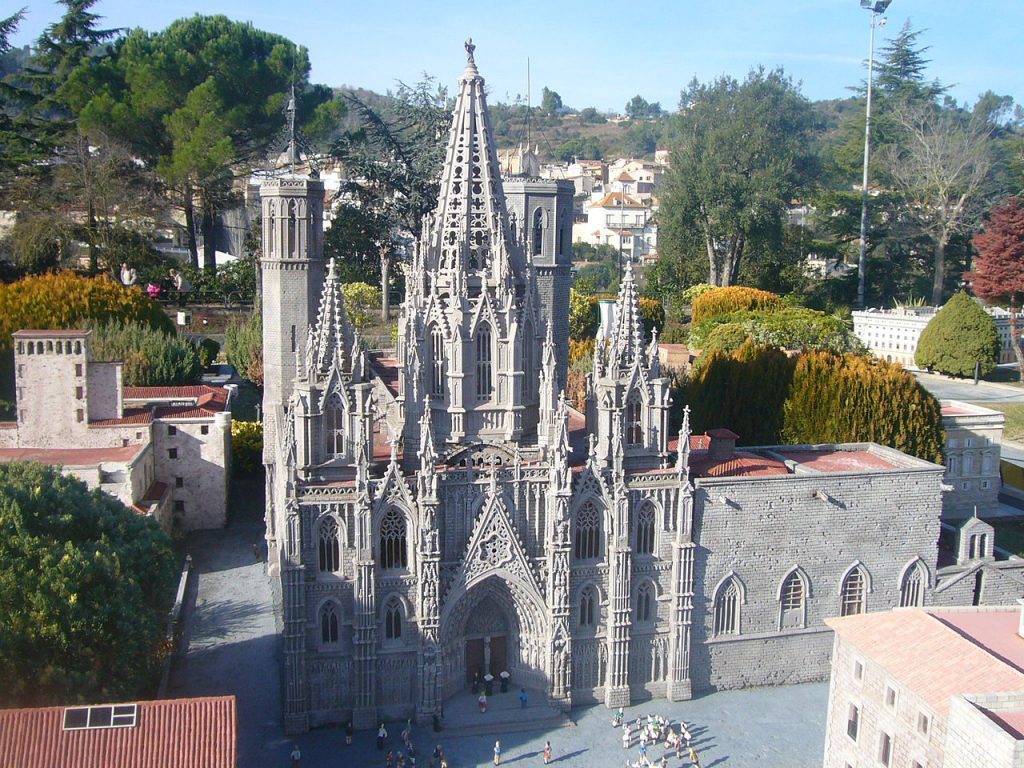
Features and attractions of the Gothic Quarter
The Gothic Quarter is made up of a large number of small, winding streets. They flow smoothly one into the other, creating a single chain. Within the block there are many architectural creations from the Roman Empire, the Middle Ages and the Modernism of the last century.
The quarter is also known as the ‘Cathedral Quarter’ due to the location of the Cathedral of the Holy Cross and St. Eulalia. The building is representative of the Classicist architecture of the Middle Ages and is designed in the Gothic style. It is difficult to appreciate the whole structure at once, as it is situated at the intersection of narrow streets.
The quarter starts with Placa Nova, which was created in 1355. There used to be a city gate and today the remains of the walls of Roman buildings can be seen. There are also two Roman towers, each with 4 floors. These are in harmony with the Baroque Bishop’s Palace.
The Casa del Ardiaca is another of the square’s highlights. It features some elements of the wall that once acted as part of the fortress. The house has been remodeled several times and now incorporates Gothic, Renaissance, and Art Nouveau features. Today it is the seat of the municipal archives.
From the New Square you can take the street Carrer del Bisbe. It extends to the Plaza de S. Jaume, a historical centre that served as a forum in Roman times. Today, the city hall is present as well as other administrative buildings including the Casa de Canonica and the Government Palace.
The Royal Plaza or Plaza del Rey is especially favoured by tourists. It has been the scene of many momentous events in Barcelona’s history. All the buildings are in the Gothic style. A must-see is the historical museum located in the Casa Clariana Padejas.

